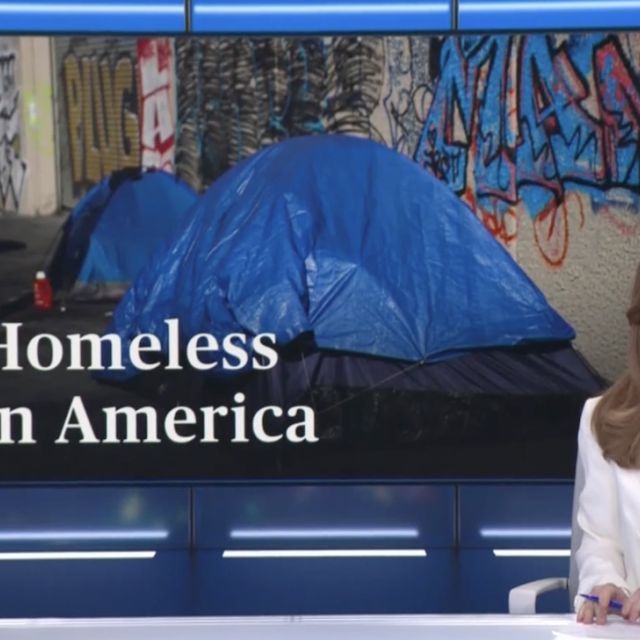In its 50 years of existence, the Housing Choice Voucher (HCV) program has been immensely valuable for low-income households across the United States. Last year, the HCV program subsidized the cost of rental housing for over 2.4 million households. To take a closer look at the federal government’s largest form of rental assistance, Enterprise Community Partners published a new paper, Unlocking Housing Choice: Limitations and Opportunities in the Housing Choice Voucher Program.
The paper provides an overview of the HCV program: its history, operations, benefits, and challenges. Households that can successfully rent housing with their voucher experience many positive outcomes, including spending less income on housing, experiencing fewer incidences of housing instability and homelessness, and being able to access and afford better quality housing in neighborhoods with greater opportunity. On the other hand, the housing search process for voucher recipients can be burdensome, and it is clear there are not enough vouchers to serve the millions of households who would benefit from this program.
The U.S. Department of Housing and Urban Development (HUD) distributes Congressionally appropriated funding for the HCV program to state and local Public Housing Authorities (PHAs), which then administer vouchers to eligible households that are tasked with securing a rental unit where their voucher is accepted as payment for part of their rental costs.
To boost the impact of the HCV program for current and future voucher recipients, Unlocking Housing Choice outlines four policy recommendations that could be implemented at the federal, state, and local levels.
1. Reform public housing agency processes to increase voucher utilization
Nearly 40% of households that are assigned vouchers are unable to use them. For many voucher recipients, securing a rental is one of the most challenging aspects of the process. PHAs could better support renters by providing up-to-date lists of known voucher-accepting landlords, extending the time limit to secure a unit, offering general case management and one-on-one support, and helping with security deposits and other non-lease fees. These supports would also benefit landlords, who often want to lease their units more quickly to avoid the costs of an unoccupied unit, while also helping more HCV recipients successfully secure and remain in housing in higher-opportunity neighborhoods. Additionally, establishing regional PHA entities could enable PHAs to direct more resources into expanding the availability of vouchers, supporting voucher holders, and making it easier for households to move their vouchers across larger metropolitan areas (voucher portability).
2. Develop incentives and reduce barriers to landlord participation
Landlords are key players in the HCV process, so maintaining a program that encourages their participation is critical. For some landlords, however, the effort required to ensure their unit qualifies for the HCV program is not worth the benefits they may receive. Developing incentives and finding ways to remove barriers to landlord participation would expand housing options for voucher holders. PHAs should improve channels of communication with landlords, provide more clarity and consistency in the inspection process, offer trainings to familiarize landlords with the HCV process, and provide landlords with incentive payments to help offset administrative burdens.
3. Expand the Fair Housing Act to protect voucher recipients
The Fair Housing Act has served as crucial legislation mandating the right to equitable housing opportunities for protected classes for over 50 years. While the law has been effective, there is significant opportunity to strengthen its impact by including voucher recipients as a protected class to prohibit source of income (SOI) discrimination nationally. Currently, state- and local-level policies that prohibit SOI discrimination only protect 57% of all voucher households and the strength of these laws vary greatly across the nation. The expansion of the Fair Housing Act to protect voucher holders would improve the HCV experience by increasing voucher holders’ chances of securing an apartment, expanding their access to housing in higher-opportunity neighborhoods, and ensuring that landlords cannot use voucher status as a proxy for other forms of discrimination. For a national SOI protection law that successfully increases voucher acceptance, the federal government must expand fair housing enforcement authority and resources in addition to making policy and programmatic changes to reduce landlord burdens.
4. Increase funding for HCVs to reach more eligible households
Only 10% of eligible households receive housing vouchers (while another 15% are served by other federal housing programs) and over 16 million eligible low-income households do not receive any federal assistance at all according to the Center for Budget and Policy Priorities. Expanding funding is critical to helping more households access housing they can afford. The availability of additional vouchers could increase demand for higher quality housing, create more job opportunities, and increase local economic activity thanks to households with expanded purchasing power. Drastically increasing the number of households served through the HCV program would need to be done gradually to avoid local rental market shocks and it would need to be coupled with policies that address the program’s existing issues of landlord participation, SOI protection, and limited supply of suitable housing in high-opportunity neighborhoods.
Read our new paper, Unlocking Housing Choice: Limitations and Opportunities in the Housing Choice Voucher Program, for a deeper dive into the Housing Choice Voucher program and to learn what will be necessary for the program to reach its full potential.



